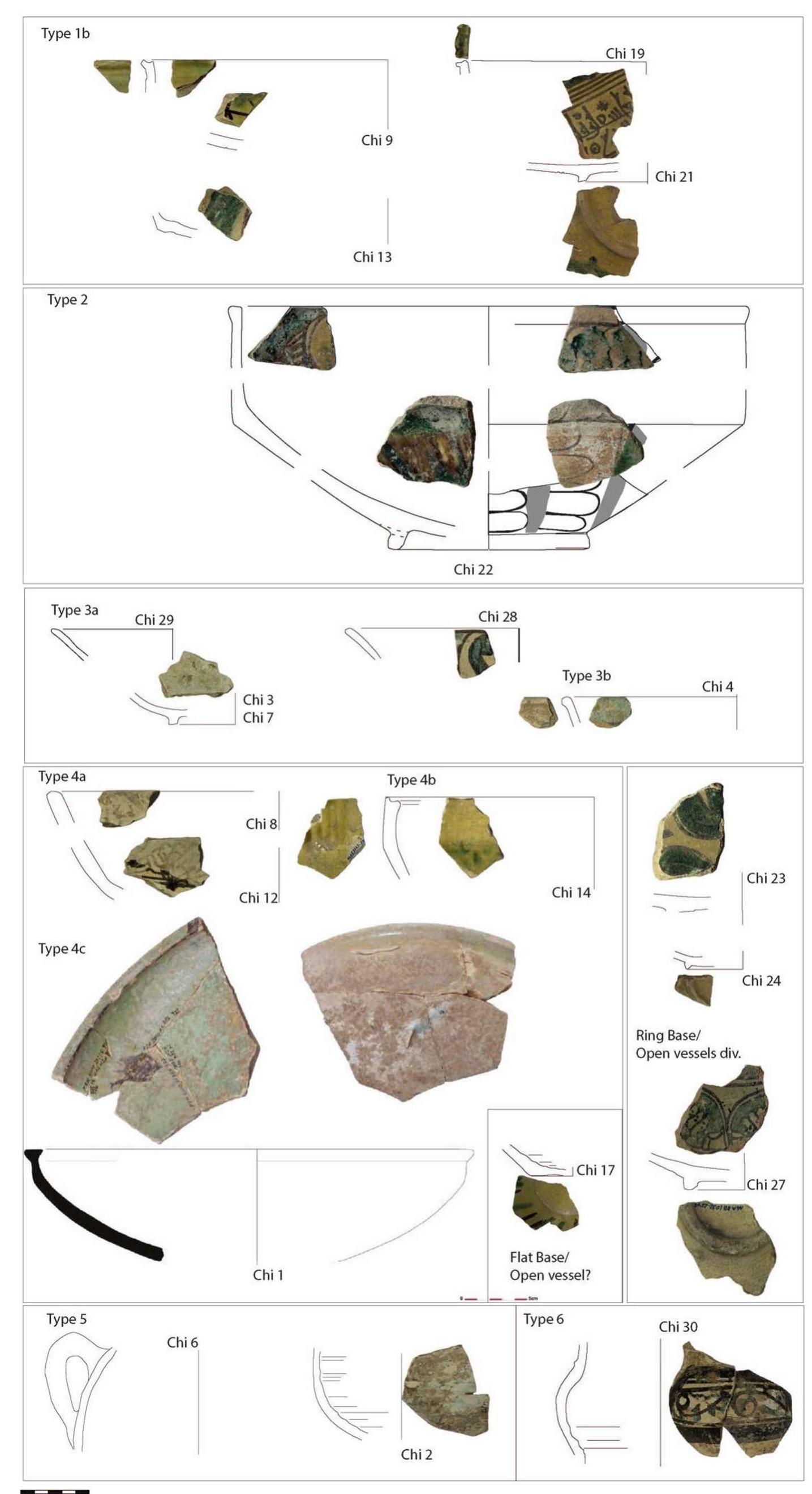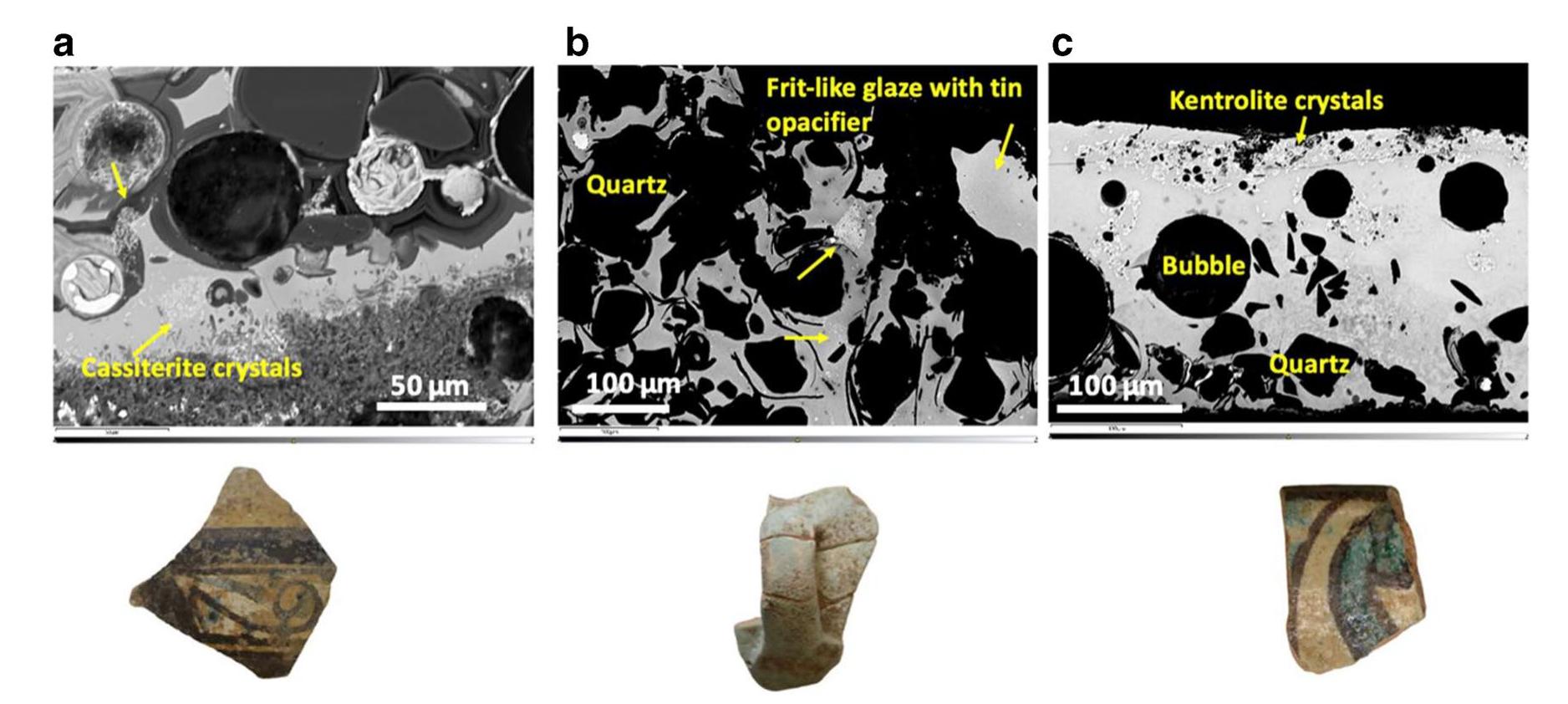Key research themes
1. How do archaeological findings elucidate the establishment and religious practices of early Islamic frontier communities in Central Asia?
This research theme investigates the material culture, particularly mortuary practices, of early Islamic communities in Central Asia's highland and frontier zones. It challenges dominant historical narratives that portray Islamic conversion in peripheral areas as slow or superficial, instead demonstrating active, consistent religious adherence and community identity. Archaeological evidence such as burial types and settlement remains provide tangible, datable insights into the processes and diversity of early Islamization beyond urban centers.
2. How have Islamic identities and religious practices among Central Asian Muslim communities evolved and been negotiated in post-Soviet and frontier contexts?
Focused on ethnographic and historical perspectives, this theme explores the dynamics of Islamic religious practice among Central Asian Muslim groups facing cultural, political, and ideological changes following socialism and within remote frontier regions. It interrogates how Islamic orthodoxy interacts with local traditions and global influences, revealing polyvocal, fluid, and negotiated religious identities rather than static, monolithic forms of Islam.
3. What technological and economic evidence reveals the integration and innovation of early Islamic Central Asia within broader Eurasian networks?
This theme focuses on the study of material culture, including ceramics and coinage, to understand the technological innovations, trade connections, and economic adaptations of early Islamic Central Asian societies. Investigations of production techniques, such as glazed ceramics, and economic infrastructures, such as coinage systems and settlement patterns, elucidate the role of Central Asia as a dynamic participant in cross-regional exchanges along the Silk Road and within Islamic economic frameworks.




































































































